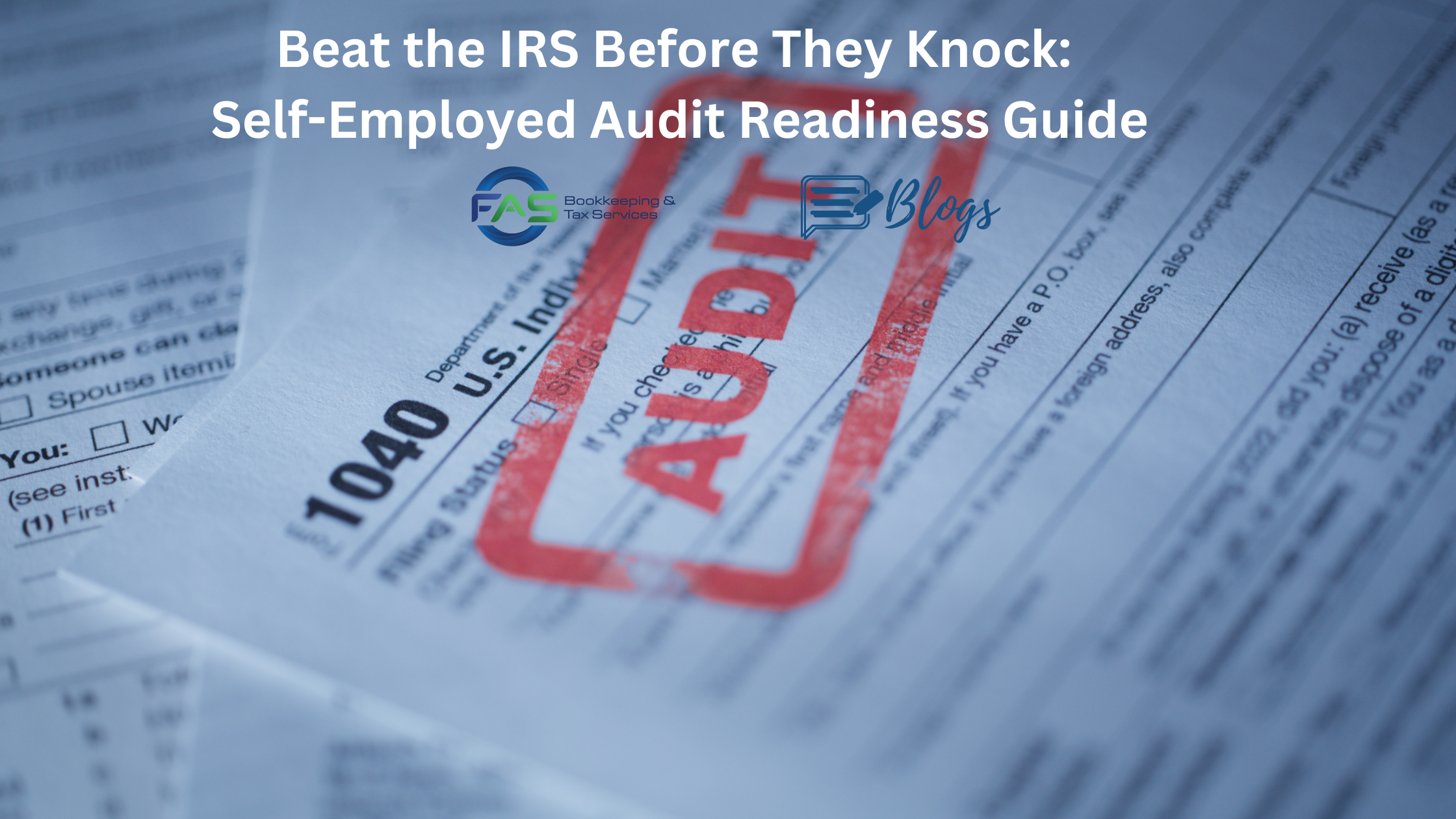The Taxpayer Certainty and Disaster Tax Relief Act of 2020, enacted December 27, 2020, made several changes to employee retention tax credits. These tax credits were previously made available under the Coronavirus Aid, Relief, and Economic Security Act (CARES Act). The most notable change was the modification of the Employee Retention Credit (ERC). Several of the changes apply only to 2021, while others apply to both 2020 and 2021. As such, employers can take advantage of the newly-extended employee retention credit, designed to make it easier for businesses that choose to keep their employees on the payroll – despite challenges posed by COVID-19.
Claiming the Refundable Tax Credit
Eligible employers can now claim a refundable tax credit against the employer share of Social Security tax equal to 70% of the qualified wages they pay to employees after December 31, 2020, through June 30, 2021. Qualified wages are limited to $10,000 per employee per calendar quarter in 2021. Thus, the maximum ERC amount available is $7,000 per employee per calendar quarter, for a total of $14,000 in 2021.
Employers can access the ERC for the 1st and 2nd quarters of 2021 prior to filing their employment tax returns by reducing employment tax deposits. Small employers (i.e., employers with an average of 500 or fewer full-time employees in 2019) may request advance payment of the credit (subject to certain limits) on Form 7200, Advance of Employer Credits Due to Covid-19, after reducing deposits. In 2021, advances are not available for employers larger than this.
Effective January 1, 2021:
Employers are eligible if they operate a trade or business during January 1, 2021, through June 30, 2021, and experience either:
- A full or partial suspension of the operation of their trade or business during this period because of governmental orders limiting commerce, travel, or group meetings due to COVID-19, or
- A decline in gross receipts in a calendar quarter in 2021 where the gross receipts of that calendar quarter are less than 80% of the gross receipts in the same calendar quarter in 2019 (to be eligible based on a decline in gross receipts in 2020 the gross receipts were required to be less than 50%).
- Employers that did not exist in 2019 can use the corresponding quarter in 2020 to measure the decline in their gross receipts.
For the first and second calendar quarters in 2021, employers may elect to measure the decline in their gross receipts using the immediately preceding calendar quarter (i.e., the fourth calendar quarter of 2020 and first calendar quarter of 2021, respectively) compared to the same calendar quarter in 2019.
Note: The manner in which this is carried out is not yet available but will be provided in future IRS guidance.
The definition of qualified wages was also changed:
- For an employer that averaged more than 500 full-time employees in 2019, qualified wages are generally those wages paid to employees that are not providing services because operations were fully or partially suspended or due to the decline in gross receipts.
- For an employer that averaged 500 or fewer full-time employees in 2019, qualified wages are generally those paid to employees during a period that operations were fully or partially suspended or during the quarter that the employer had a decline in gross receipts regardless of whether the employees are providing services.
Retroactive to March 27, 2020:
With the enactment of the CARES Act, the law now allows employers who received Paycheck Protection Program (PPP) loans to claim the ERC for qualified wages that are not treated as payroll costs in obtaining forgiveness of the PPP loan.
Help is Just a Phone Call Away
For more information about these and other pandemic-related tax changes, contact us!





